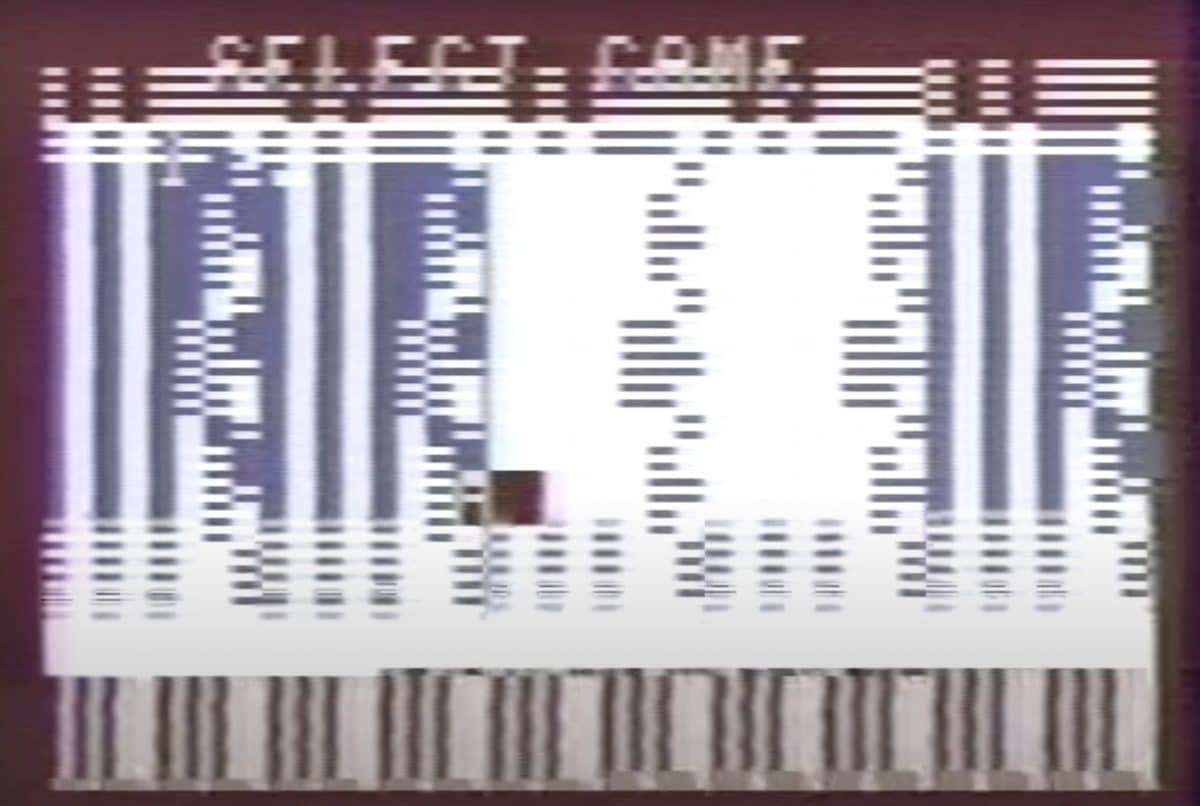At first glance, they may look like someone made a mistake while rendering their digital art. Or worse still, you might think there’s something wrong with your device and that it failed to load the image. But make no mistake, what you are looking at is deliberate—welcome to the world of glitch art! Glitch art is becoming popular as a digital art form and has already made a splash in the NFT space.
So, what exactly is glitch art? In this guide, we will also explore glitch aesthetics, glitch art’s link to NFTs, famous glitch artists, and much more. So, let’s dive in!

What is Glitch Art Aesthetic?
Glitch art is a graphic art style that makes use of deliberate distortions for aesthetic purposes. Think of them as images, music, or videos that use glitches—technological errors—as a medium. Typically, artists either intentionally use glitches in their artwork or “accidentally” create them using code, without personally interfering in the creation process. However, glitch art should not be confused with trash art, which uses recycled material to create art.
In general, glitch art aesthetics features a range of technical effects. These can be anything from pixelation and light leaks to double exposure, grainy imagery, and colour degradation. With software like PowerDirector, Adobe Photoshop, or PhotoMosh, anyone can create glitch art without being a developer or a veteran digital artist.

The History of Glitch Art
The Glitch art movement took shape in the late 1970s. In essence, the movement takes inspiration from Pablo Picasso and Georges Braque’s cubism art moment, which features objects in a broken-up, abstract form to depict multiple viewpoints.
Glitch art first became famous in the art and music sector thanks to an iconic glitch art piece by video game programmer, Jamie Fenton; Raul Zaritsky, and Dick Ainsworth. Titled “Digital TV Dinner”, the 1978 video made use of analogue and digital glitches. After it was posted online in 2009, it became a source of inspiration for glitch artists worldwide.
However, the movement took some time to pick up. In the 90s, DJs and musicians started embracing the movement. In fact, this had accidental origins—a background noise here and there, a scratched vinyl, or even a skipping CD. Soon, musicians such as the Japanese Tone Yasunao started experimenting with glitches.
This spurred more artists to join the scene, who often adapted it to the latest technologies. The most recent of these is the use of artificial intelligence. Now, a range of NFT artists is also using glitch art in their works.

Most Famous Glitch artists in 2023
Now that you know all about the glitch art movement’s history, let’s take a look at some of the most famous glitch artists:
XCOPY
One of the most acclaimed crypto artists in the space, XCOPY is well-known for his dystopian and death-themed artworks. His artworks are usually GIFs featuring flashy, neon glitches. An anonymous NFT glitch artist, his works have fetched millions of dollars. In fact, his “Right-click and Save As Guy” NFT artwork sold for $7 million, becoming one of the most expensive NFT art ever sold.
Jamie Fenton
As previously mentioned, Jamie Fenton is one of the pioneers of the glitch art movement. A queer and transgender video game programmer, they used the Bally Astrocade, a video game console to create the artwork. Notably, Fenton, along with Zaritsky and Ainsworth, struck the console with their hand while it was functioning and then recorded the results on videotape. So was born one of the earliest glitch art pieces!
Daniel Temkin
A photographer, programmer, and artist, Daniel Temkin often bridged glitch art and optical illusion to create impressive artwork. He is an ardent advocate of using programming languages as an art form. While he has worked with a host of art mediums, his glitch art often takes centre stage. Of this, one of the most famous collections is Glitchometry, which features a range of pieces with psychedelic shapes and colours.
Rosa Menkman
A Dutch visual artist and theorist, Rosa Menkman is one of the most famous glitch artists in the space. She likes to “focus on visual artifacts created by accidents in both analogue and digital media.” In particular, she largely focuses on performances and static works, with one of the most notable ones being “Vernacular of File Formats”. She is also the author of the Glitch Moment/um, a book which explores glitch artefacts.
Phillip Stearns
New York-based artist, Phillip Stearns, has an interesting take on glitch art—a combination of IRL fabrics and digital art. As a matter of fact, Stearns went on to launch the “Glitch Textiles” design label in 2012. Over the years, he has launched a series of fabrics featuring glitch art. According to the website, the textiles “render the subtle structures of our digital reality into intimate, tactile materials.”

NFT Artists and Projects Using the Glitch Art Aesthetic
Naturally, glitch art has also found its place in the NFT space. Here are some of the top NFT artists/projects using glitch art aesthetics in their works:
uczine
Designer-turned-crypto artist, uczine has an “anti-design” take on art. According to Fort Gallery, “he generally is dissatisfied with ninety percent of his work and destroys it.”
King Xerox
King Xerox has a unique glitch art style that is easily recognisable and thought-provoking. Their works have even been bought by top NFT collectors such as Cozomo de’ Medici.

bongdoe
Bongdoe calls themselves the “maestro of retro glitch”. A graphic designer, Bongdoe’s works are often inspired by old paintings, memes like Rare Pepe, and more.
Arkanaruzain
Arkanaruzain’s artworks often feature dark themes such as “Despair” and “Self Doubt”. One of their collections, Anxiexty, has fetched around 1,500 Tz in trading volume (at the time of writing).
RektGuy
With collectors like Cozomo de’ Medici and Snoop Dogg, the RektGuy NFT project needs no introduction. Created by NFT artist, Ovie Faruq, the collection features different “rektguy” images (a hooded skeleton drinking) in a glitch aesthetic.

CTZN
CTZN is a collection of non-generative, animated 1/1 NFTs on the Ethereum network. These citizens are called “Mechmates” and currently have a floor price of 10 ETH on Foundation.
Conclusion
The glitch art movement is the perfect example of how mistakes are not always bad. This contemporary art form is gaining a foothold in the Web3 and NFT space. To be sure, this is only the beginning. We can surely expect more digital artists, especially those who love experimenting, to join the sector.
All investment/financial opinions expressed by NFTevening.com are not recommendations.
This article is educational material.
As always, make your own research prior to making any kind of investment.








